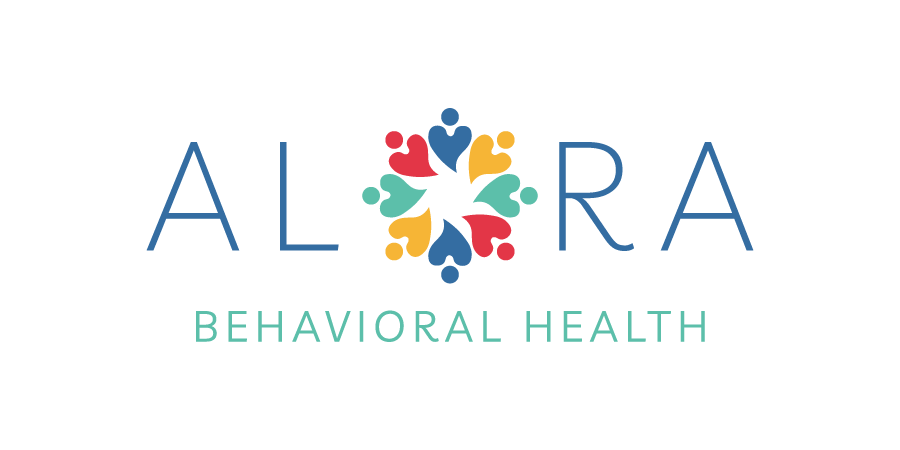Anxiety can be a significant challenge for individuals with autism, affecting their daily lives and overall well-being. While Applied Behavior Analysis (ABA) therapy is primarily recognized for its effectiveness in improving social and communication skills, it also offers valuable strategies for managing anxiety. This blog explores how ABA therapy can be a crucial tool in helping individuals with autism cope with anxiety, highlighting specific techniques that promote relaxation and improve coping mechanisms.
Understanding Anxiety in Autism
Individuals with autism may experience heightened anxiety due to various factors, including sensory sensitivities, communication barriers, and social misunderstandings. This anxiety can manifest in various forms, such as social anxiety, phobias, or generalized anxiety disorder, each affecting the individual’s ability to function and engage with their environment effectively.
ABA Strategies for Managing Anxiety
- Functional Assessment of Anxiety:
- The first step in addressing anxiety through ABA therapy involves conducting a thorough functional assessment to understand the triggers and consequences of anxious behaviors. This assessment helps in identifying specific situations or stimuli that provoke anxiety.
- Cognitive Behavioral Techniques:
- ABA therapy incorporates cognitive-behavioral techniques to teach individuals how to identify and alter negative thought patterns. Techniques such as cognitive reframing help individuals with autism understand and manage the thoughts that contribute to their anxiety.
- Systematic Desensitization:
- This technique involves gradually exposing the individual to anxiety-inducing stimuli in a controlled manner, combined with relaxation exercises. The goal is to slowly desensitize them to the stimuli, reducing the anxiety response over time.
- Relaxation Training:
- ABA therapists teach various relaxation techniques, such as deep breathing, progressive muscle relaxation, and visualization. These methods help individuals with autism manage physical symptoms of anxiety and promote a sense of calm.
- Social Skills:
- For individuals whose anxiety is triggered by social interactions, ABA therapy offers targeted social skills training. This training helps them build confidence in social settings, reducing anxiety related to social misunderstandings or communication challenges.
- Positive Reinforcement:
- Positive reinforcement is used to encourage behaviors that are incompatible with anxiety. By reinforcing calm or desired behaviors in situations that typically cause anxiety, individuals can learn to associate these situations with positive outcomes.
The Impact of ABA Therapy on Anxiety
Integrating these ABA strategies can significantly improve the ability of individuals with autism to cope with anxiety. By providing them with tools to manage their anxiety, ABA therapy not only enhances their daily functioning but also improves their quality of life. Individuals become more engaged in activities, more social, and overall more resilient.
Managing anxiety is a critical component of therapy for individuals with autism, and ABA therapy offers a robust framework for addressing this challenge. By employing targeted strategies designed to reduce anxiety and improve coping mechanisms, ABA therapy can help individuals with autism lead more fulfilling and less stressful lives.
